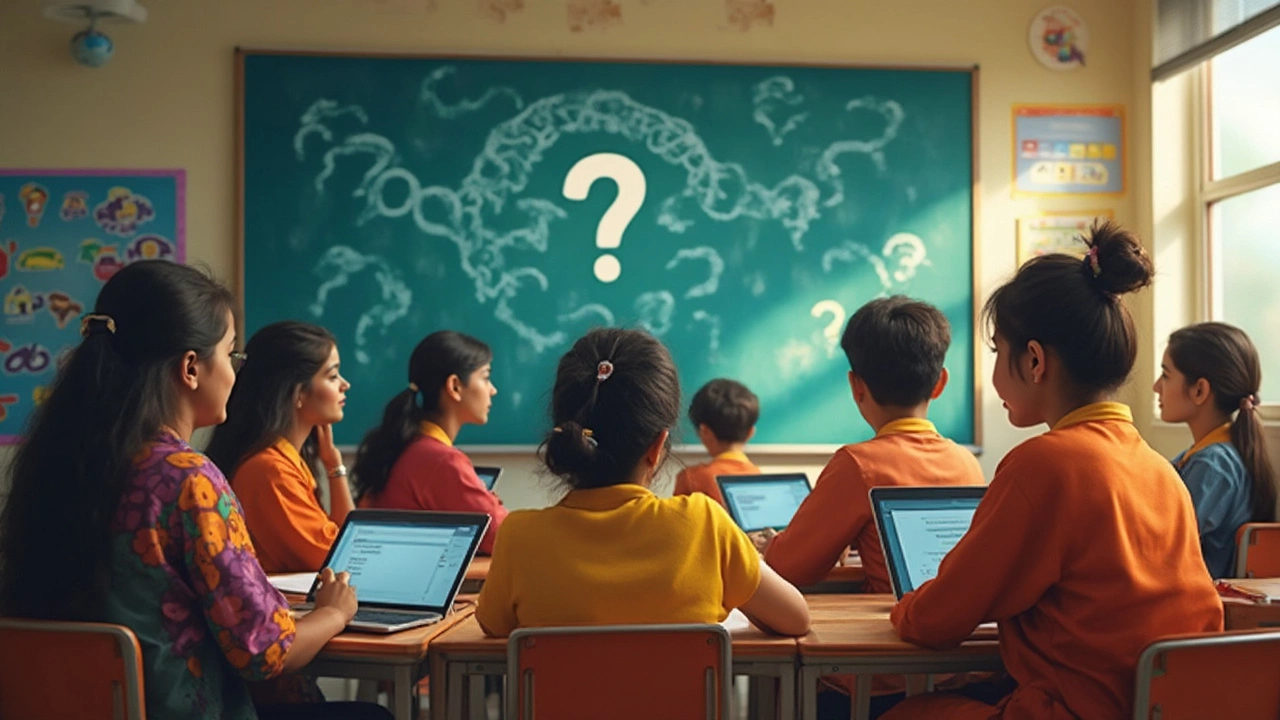Google Classroom – Everything You Need to Know
When working with Google Classroom, a free web‑based platform that lets teachers create, distribute, and grade assignments online. Also known as G Classroom, it connects students, teachers, and resources in a single virtual space. The rise of eLearning, digital learning that happens outside a traditional classroom has made tools like Google Classroom essential for modern education. A virtual classroom, an online environment where live lessons are delivered often runs on Google Classroom, letting teachers host live sessions, share screens, and carry out real‑time quizzes. Finally, student engagement, the level of attention, curiosity, and interest shown by learners drives the success of any e‑learning platform, and Google Classroom provides built‑in tools—like polls and comment threads—to boost that engagement.
Why Google Classroom Matters Across Topics
From coding bootcamps to fast‑track job programs, many of the articles below show how a solid digital classroom makes learning smoother. For example, the piece on the five types of code every coding class should teach highlights how Google Classroom can host code snippets, automated testing, and peer reviews, turning a complex subject into an interactive experience. Likewise, the guide on high‑pay jobs you can land after three months of learning points out that quick‑skill courses often rely on a structured online classroom to deliver video lessons, assignments, and feedback—all features that Google Classroom supports out of the box.
Even discussions about easy online degrees or low‑effort bachelor programs benefit from a well‑organized virtual classroom. When a university moves its curriculum online, Google Classroom becomes the hub where lecture videos, reading materials, and quizzes are all in one place, reducing the administrative load on both faculty and students. This mirrors the insights from the article on the biggest problem with e‑learning—lack of student engagement—by showing that a platform with built‑in engagement tools can close that gap.
Parents choosing the best kids syllabus or educators comparing curricula also find value in a unified classroom system. Google Classroom lets teachers upload curriculum outlines, sample lessons, and assessment rubrics, making it easier to compare standards like CBSE, ICSE, or IB. In the same vein, the post about the best education boards for kids touches on how digital tools can help parents track progress across different board requirements, and a central classroom platform simplifies that tracking.
Across all these topics—whether you’re learning to code, prepping for a government job exam, or debating the easiest degree—Google Classroom acts as the connective tissue that holds content, assessments, and feedback together. Below you’ll discover a curated list of articles that dive deeper into each of these areas, offering actionable tips, real‑world data, and step‑by‑step guidance. Explore the collection to see how a single platform can enhance learning outcomes, streamline preparation, and keep students motivated.
Is Google Classroom Being Discontinued? The Real Story for 2025
Rumors are swirling about Google Classroom being discontinued, but what’s really happening in 2025? This article digs into Google’s plans, how schools and teachers are reacting, and what changes might affect your online classes. We’ll sort fact from fiction and share tips on how to keep your lessons running smoothly. There’s a lot of confusion out there—let’s cut through it and give you the info you actually need.
